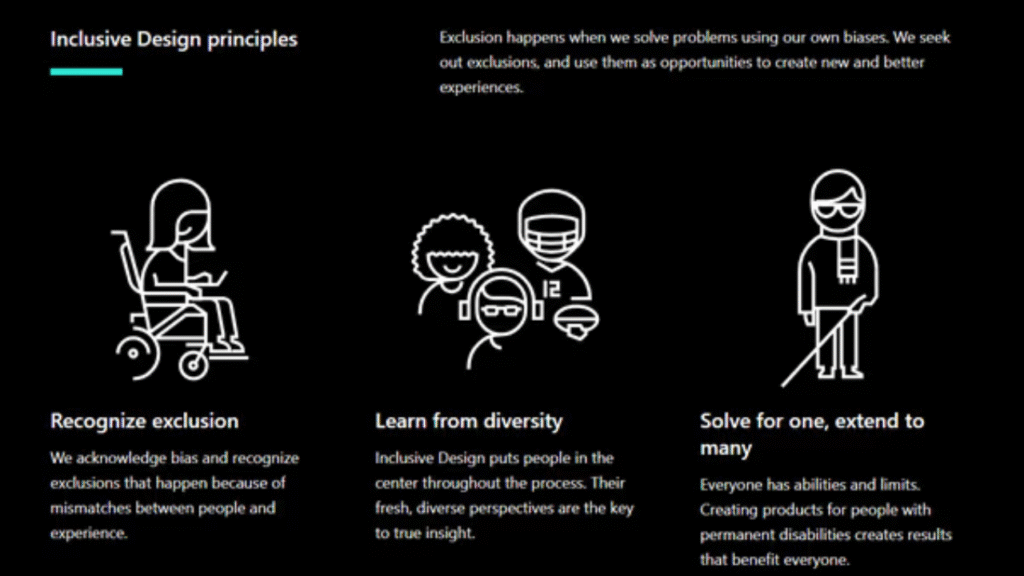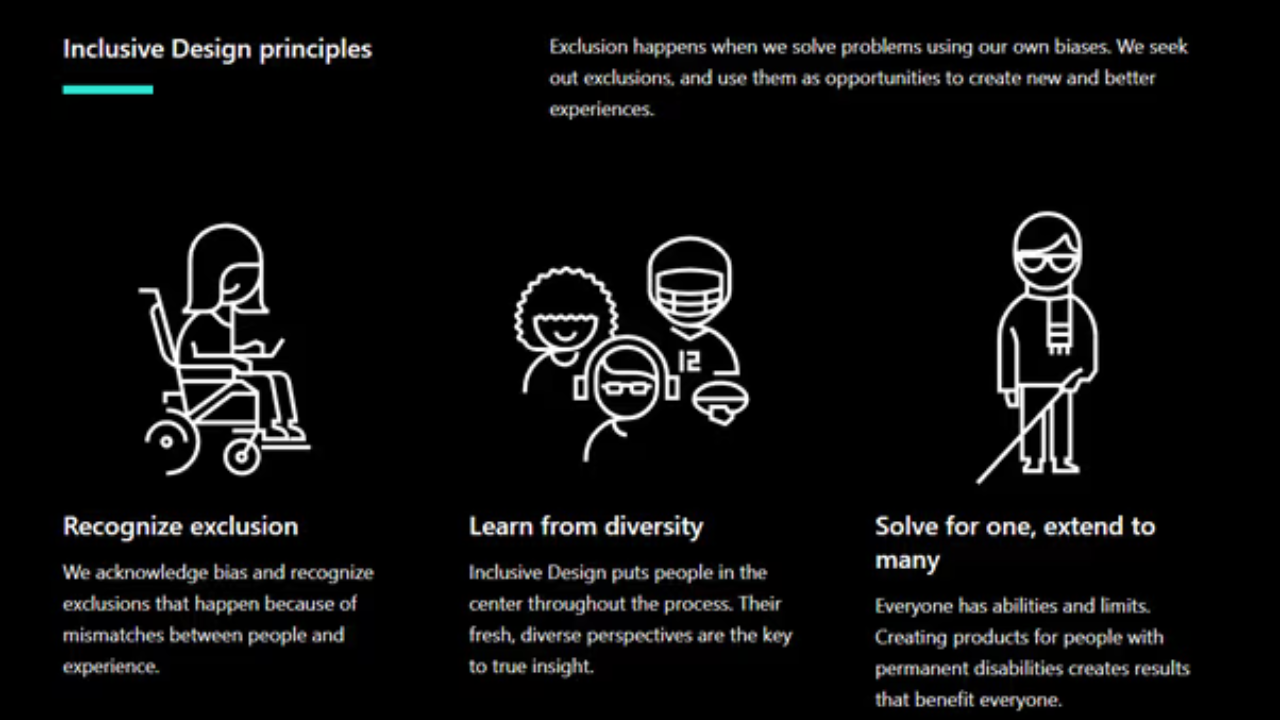
Environmental design is no longer limited to aesthetics or function—it’s evolving into a powerful tool for social inclusion. When thoughtfully applied, design can dismantle barriers of accessibility, foster community cohesion, and address social disparities in both urban and rural contexts. From inclusive parks and transport hubs to sensory-friendly public spaces and participatory housing, environmental design is now at the heart of building more equitable societies.
Overview Table: Key Aspects of Environmental Design for Social Inclusion
| Design Element | Inclusion Benefit |
|---|---|
| Universal Accessibility | Enables equal access for all physical abilities |
| Community Engagement | Encourages participation in shaping spaces |
| Cultural Representation | Reflects diversity in architectural identity |
| Sensory Design | Supports neurodiverse and sensitive populations |
| Safety-Oriented Layouts | Promotes safe use by women, children, elderly |
| Green & Shared Spaces | Fosters social interaction across demographics |
1. Understanding Environmental Design for Inclusion
Environmental design is the process of shaping physical spaces to improve human interaction and wellbeing. When aligned with social inclusion goals, it consciously responds to the needs of all people, regardless of age, ability, gender, ethnicity, or income.
Key objectives include:
- Eliminating physical, sensory, and psychological barriers
- Creating environments where everyone can participate equally
- Reflecting the identity and voice of marginalized communities
2. Core Principles of Inclusive Environmental Design
Inclusive design is guided by more than compliance—it’s driven by empathy and equity. The following principles are foundational:
1. Universal Design
Designing spaces usable by everyone without the need for adaptation. This includes:
- Ramps and tactile paving
- Clear signage with icons and multiple languages
- Restrooms and transit designed for wheelchairs and caregivers
2. Participatory Planning
Involving communities—especially underrepresented groups—in decision-making processes ensures that spaces reflect real needs and lived experiences.
3. Cultural Sensitivity
Design should celebrate diverse cultural values and aesthetics, ensuring spaces feel welcoming to different ethnic and religious groups.
4. Safety and Dignity
Thoughtful lighting, visibility, and layout can increase safety for women, children, elderly, and LGBTQ+ individuals.
5. Flexibility and Adaptability
Spaces should accommodate varied uses and changing demographics over time.
3. Examples of Inclusive Environmental Design in Action
| City/Project | Inclusive Feature |
|---|---|
| Barcelona Superblocks | Prioritize pedestrians, enable mobility for elderly & disabled |
| Medellín Cable Cars | Connect low-income communities to city center |
| Singapore Inclusive Parks | Combine sensory paths, Braille, ramps, and nature for all users |
| Boston’s Design for Equity | Community-led housing co-design and local material usage |
| Jaipur Footpath Project | Accessible pavements with tactile and auditory navigation aids |
These examples show that inclusive design is feasible at all scales—from sidewalks to transit systems and housing.
4. Design Strategies for Socially Inclusive Spaces
Here are critical design strategies for advancing inclusion:
A. Multi-Use Public Spaces
- Blend play areas, seating, exercise equipment, and cultural markers
- Cater to all age groups and social interactions
B. Mobility Equity
- Prioritize walking, cycling, and public transit with safe, barrier-free access
- Integrate accessible ticketing and wayfinding systems
C. Green Infrastructure
- Community gardens and green roofs promote environmental health and community stewardship
D. Affordable & Participatory Housing
- Design social housing with dignity, privacy, and cultural identity in mind
- Involve future residents in co-creating solutions
E. Education & Culture in Design
- Libraries, art installations, and learning hubs that reflect local stories
- Use inclusive programming and outreach
5. Benefits of Inclusive Environmental Design
| Dimension | Impact |
|---|---|
| Health & Wellbeing | Reduces stress and increases physical activity |
| Economic Empowerment | Improves access to jobs, education, and services |
| Community Cohesion | Promotes social integration and shared responsibility |
| Safety & Autonomy | Allows vulnerable groups to move freely and confidently |
| Environmental Justice | Equitable distribution of green space and clean air |
6. Challenges in Implementation
Despite its potential, several challenges persist:
- Policy Gaps: Inclusion often isn’t mandated in planning regulations
- Budget Constraints: Inclusive features may be deprioritized in tight budgets
- Lack of Representation: Marginalized groups are often excluded from design processes
- Tokenism: Design elements may appear inclusive but lack functionality
Solutions include:
- Inclusive policy frameworks (e.g., Design for All, UN-Habitat guidelines)
- Government and NGO funding partnerships
- Community-driven prototyping and piloting
- Training designers and planners in equity-centered methods
Comparison Table: Exclusive vs. Inclusive Environmental Design
| Aspect | Exclusive Design | Inclusive Design |
|---|---|---|
| Access for Disabilities | Limited or retrofitted | Built-in universal access |
| Public Participation | Top-down decisions | Bottom-up and collaborative |
| Cultural Identity | Generic and dominant-culture centric | Reflects multiple voices and aesthetics |
| Economic Considerations | Caters to higher income groups | Includes marginalized communities |
| Safety & Gender Lens | Overlooked or insufficient | Integral to layout and design |
3 Best One-Line FAQs
1. Can environmental design reduce social inequality?
Yes, it creates equitable access to services, spaces, and opportunities for marginalized groups.
2. What is universal design in public spaces?
It means designing places everyone can use equally without needing special accommodations.
3. How can communities influence inclusive design?
Through participatory planning processes where local voices directly shape decisions.
Conclusion
Environmental design, when guided by principles of social inclusion, becomes a powerful agent of justice and equity. As cities and communities around the world seek to become more livable and humane, inclusive design must be embedded from the ground up—not as an afterthought, but as a fundamental goal. When every person sees themselves represented and accommodated in the built environment, the result is not just better spaces—it’s stronger, more connected societies.

